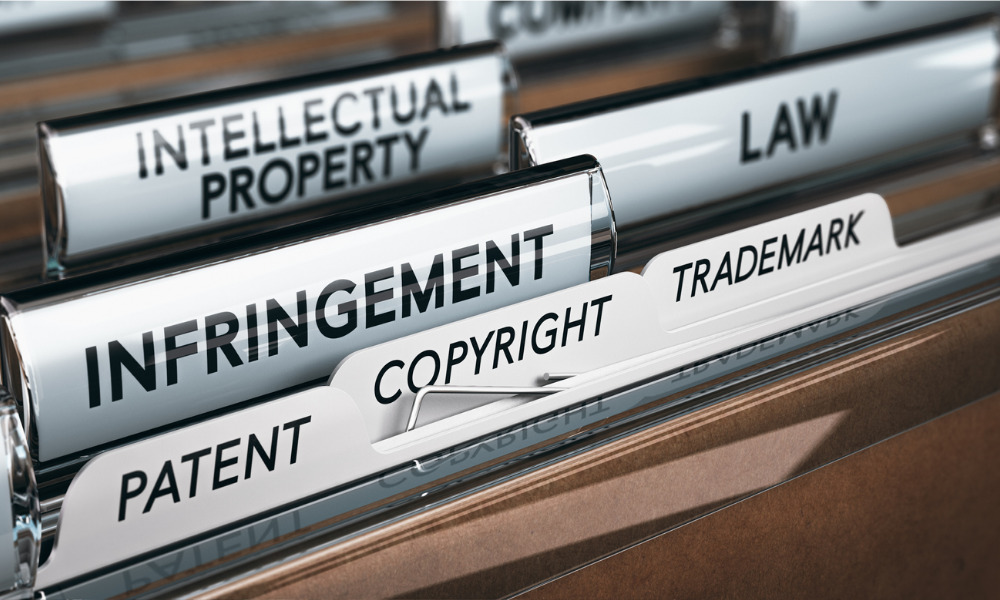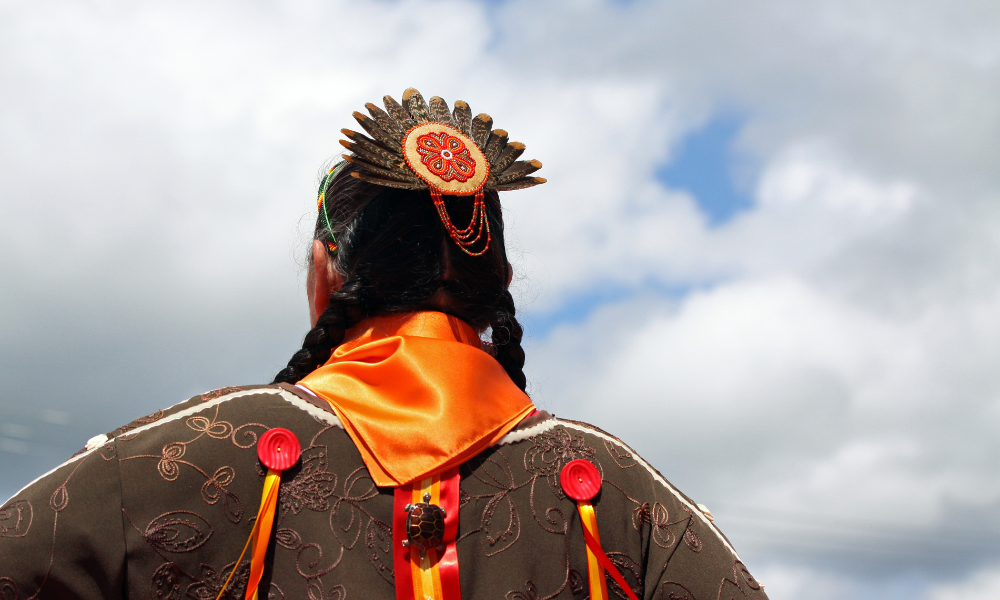With every right there is an equivalent obligation. The same is true for intellectual property, where the person who owns such property bears certain responsibilities, while other people are expected to respect such rights. Thus, when intellectual property rights have been violated, the law provides certain remedies for its owner and imposes penalties for the violator.
What is considered as intellectual property in Canada?
There are 5 main types of intellectual property (IP) in Canada:
- Patents: protects new and useful inventions, or protects useful improvements of any product
- Industrial designs: the unique design or features of a finished product
- Trademarks: a sign or a certification mark to indicate a particular product or service to distinguish it from others. A subcategory of this is trade name: the name of a business, which may be a separate name of the corporation, partnership, or individual
- Copyright: the right to produce or reproduce one’s original work, or the work of another, in any form or any substantial part of it
- Trade secrets: any confidential information that has commercial value because of the market advantage it provides over an entity’s competitors.
There are other types of intellectual property that are protected within Canada:
- integrated circuit topographies (ICTs)
- plant varieties
What are intellectual property rights in Canada?
Intellectual property rights in Canada are defined under each IP law which covers a specific type. These IP laws outline the different ways that these intellectual property rights may be enforced in Canada:
- the registration of the IP with the Canadian Intellectual Property Office (CIPO); and
- the reliefs granted to a registrant of an intellectual property against IP infringement
#DYK? From 2017 to 2019, 18.2% of #businesses in Canada owned intellectual property (IP), with 31.1% reporting that #IP had increased their revenue. Check out our infographic for more: https://t.co/G4yS8xaxN6 pic.twitter.com/x69Mmhe1P3
— Statistics Canada (@StatCan_eng) February 18, 2021
Businesses may refer to an IP lawyer when enforcing these intellectual property rights. It is best to speak with an IP lawyer in your area. If you’re based in Ottawa, for example, contact one of Lexpert's best-ranked intellectual property litigation lawyers in Ontario.
Patent Act
Under the Patent Act, an owner or creator of an invention who registers their patent with the CIPO will be granted the exclusive right to make, use, and sell the patented invention within Canada (Section 42, Patent Act). This same right applies to their legal representatives.
Upon registration, this intellectual property right granted to a patent holder will last up to 20 years from the filing of the application (Section 44, Patent Act).
The intellectual property rights granted to a patent applicant or to a patent holder may be transferred to another person or entity at any time (Section 49, Patent Act). This may also be done by application through the CIPO.
However, a maintenance fee (Section 46, Patent Act) must be paid by the patent holder. This starts from the second year after the patent was filed for registration, and every year after that. Otherwise, the patent will expire or will be deemed abandoned (Section 73, Patent Act). When this happens, the holder of an expired patent will have to apply at the CIPO for:
- its reversal (in case of expiry); or
- its reinstatement (in case of abandonment)
These must be done:
- not later than 12 months after the end of the sixth month after the original due date of the maintenance fee (in case of expiry); or
- not later than 12 months after it was abandoned (in case of abandonment)
Industrial Design Act
Under the Industrial Design Act, the registration of an industrial design with the CIPO grants the holder or proprietor the exclusive right over the design (Section 9, Industrial Design Act). This exclusive right will prevent others from making, using, selling, or importing a product which bears the registered industrial design.
Similar with patents, registrations of industrial designs will be based on a “first-to-file system”. This means that the first registrant of a patent or an industrial design will be granted intellectual property rights. Succeeding applications will be rejected based on this system.
Other details regarding the registered industrial design are as follows:
- Period of exclusive right: 10 years after its registration and up to 15 years from its filing (Section 10 (1)(b), Industrial Design Act).
- Maintenance fees: must be paid not later than 5 years after the date of registration (Section 10 (2), Industrial Design Act).
- Transfer of ownership: may be transferred to another, in whole or in part (Section 13, Industrial Design Act).
Trademarks Act
The intellectual property rights of a business or a person over its trademark or trade name is partly different from patents and industrial designs. This is because the use of an unregistered trademark for a length of time will grant you certain rights under Canada’s common law.
Registration of a trademark under the Trademarks Act will grant its owner the exclusive right to use that trademark or trade name over their goods or services throughout Canada (Section 19, Trademarks Act).
Upon registration, the Trademarks Act provides for certain rights and responsibilities of a trademark owner, such as:
- Period of Exclusive Right: 10 years throughout Canada
- Renewal: renewal fees are paid every 10 years after registration. Otherwise, the registered trademark will be removed from the records of the Registrar of Trademarks (Section 46, Trademarks Act).
- Use of trademark: an owner of a trademark must use it within Canada, or else it will be removed if it not used for 3 years (Section 45, Trademarks Act).
- Transfer of ownership: any transfer of trademark ownership must be registered with the Registrar of Trademarks (Section 48, Trademarks Act).
Copyright Act
Although a copyright will automatically attach when an author or an artist creates a literary, dramatic, musical, or artistic work, it may still be registered with the CIPO under the Copyright Act.
Registered or not, a copyright will grant the holder (including its assignee or licensee) the exclusive right to produce or reproduce such work. The period of this right will be for the lifetime of the author or artist, and for 70 years after their death.
Laws for Trade Secrets
There is no Canadian federal law which governs trade secrets. The enforcement of intellectual property rights over trade secrets fall under common law, Canada’s Criminal Code, and Québec’s Civil Code.
Owners of trade secrets may also enact some methods to protect its intellectual property rights:
- Non-Disclosure Agreement (NDA)
- Non-Compete clauses
- security measures such as encrypting of business data, setting up password protections, or locking up trade secrets in a safe
Read our article on the best protection of intellectual property in Canada for other practical ways to secure trade secrets.
Does intellectual property have legal protections in Canada?
When intellectual property rights are granted to an individual through registration with CIPO or by any other legal means, these rights are protected against IP infringement. This protection may either be throughout Canada or outside the country, depending on the scope of its registration or the law granting its protection.
Legal Remedies
There are common legal remedies that an IP holder may pursue, as provided in each Canadian IP law mentioned above. These common remedies against IP infringement are:
- Alternative dispute resolution: such as negotiation, mediation, and arbitration; or
- Litigation: filing a case of IP infringement before any provincial court or with the federal court.
To know more about enforcing your intellectual property rights, contact one of the best Canadian intellectual property litigation lawyers as ranked by Lexpert.





